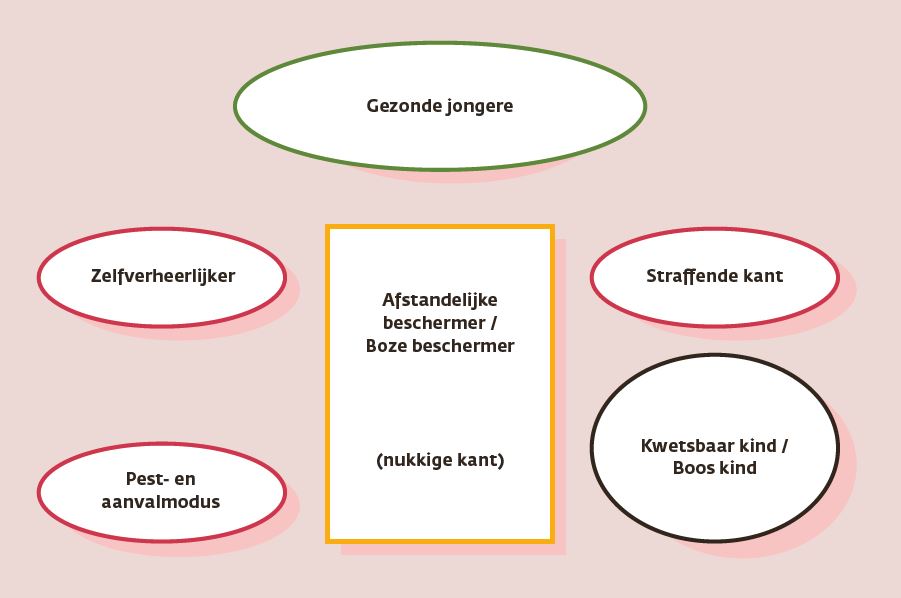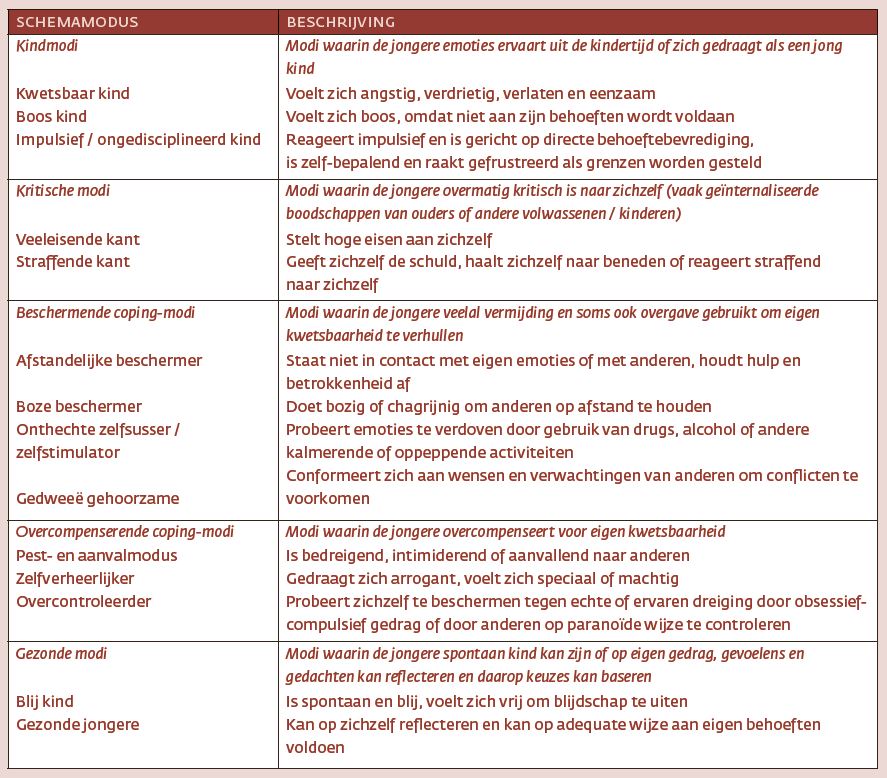Introductie
Jenny is een meisje van vijftien jaar. Zij werd door de kinderrechter in een instelling voor gesloten jeugdzorg geplaatst, omdat zij veel probleemgedrag liet zien en geen hulp accepteerde. Zij had bijna dagelijks ruzie met haar moeder, ging niet meer naar school, had vechtpartijen met leeftijdgenoten, pleegde winkeldiefstallen en hing veelal op straat rond. Op de behandelgroep van de gesloten jeugdzorgvoorziening toont zij een nukkige en afwerende houding. Zij trekt zich terug en wanneer iemand probeert haar te benaderen, reageert ze afwijzend. Zij scheldt groepsgenoten en groepsleiding regelmatig uit en laat ook fysiek agressief gedrag zien.
Gedrag versus onderliggende kwetsbaarheid
Jenny wordt door de maatschappij veelal gezien als een probleemgeval: een meisje met veel probleemgedrag waar consequenties aan gesteld moeten worden. Een meisje dat structuur nodig heeft, dat we moeten ‘heropvoeden’ en bij wie we positief gedrag moeten belonen. Dat is gedeeltelijk waar, maar niet voldoende.
Want Jenny heeft ook een kwetsbare



Heeft gereageerd op:
Goed artikel, helder geschreven en prettig leesbaar. Helpend om een beeld te vormen over schematherapie bij jongeren!